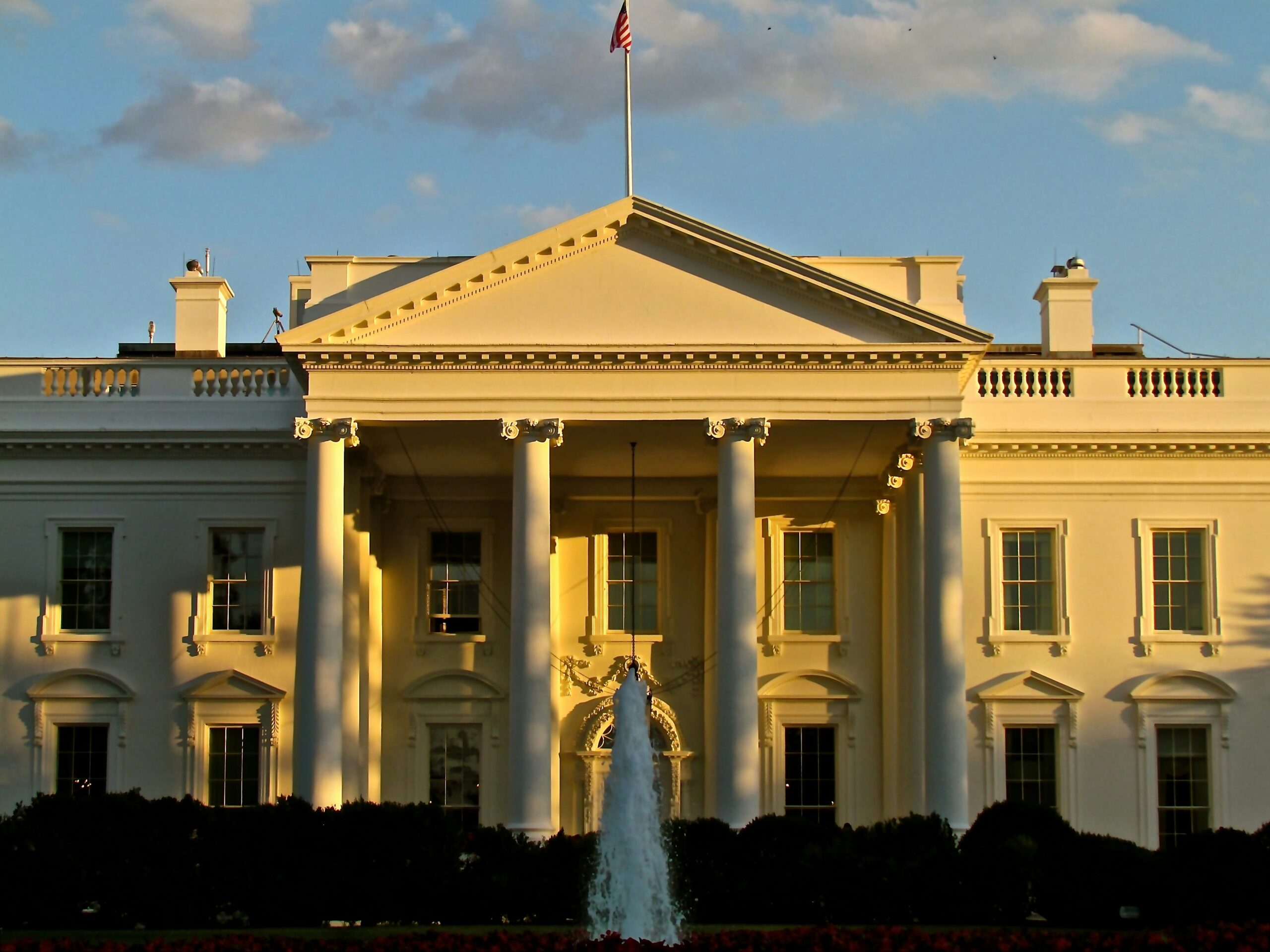SPECIAL REPORT: REPUBLICAN VICTORIES BODE WELL FOR SWEEPING TAX REFORM
By, Norman S. Newmark, JD, LLM (Tax) (bio | Email Norm)
The recent election of Donald Trump as the 45th President of the United States along with continued Republican control of both houses of Congress mean the biggest chance for sweeping tax reform since the landmark 1986 revision of the Internal Revenue Code. President-elect Trump made tax reform a major part of his platform including tax rate reductions, repeal of the Affordable Care Act (Obamacare) and other changes.
Obstacles remain, however, including possible conflict between the president’s proposals and bills introduced by lawmakers on both sides of the aisle. In that vein it is unclear whether there will be sweeping tax reform or more basic changes to the Internal Revenue Code next year.
That said, the following is a list of Mr. Trump’s proposed tax law changes for 2017 and beyond, based upon campaign proposals and recent posts:
- Reduction and consolidation of individual income tax rates: Current tax rates are 10, 15, 25, 28, 33, 35 and 39.6 percent, while President-elect Trump proposes 12, 25 and 33 percent rates;
- Repeal of alternative minimum taxes;
- Repeal of Obamacare including the tax on net investment income and presumably excise taxes on medical devices;
- Repeal of estate and gift (transfer) taxes and replacement with automatic taxation of capital gains (deemed sale) upon death using the decedent’s tax bases, however, with exemptions for $10 million and small businesses/family farms;
- Lowering corporation income tax rates to a flat 15%;
- Lowering taxes on retained earnings in pass-through entities, e.g. S corporations, to 15%;
- Increasing the cap on expensing certain capital expenditures under Section 179, IRC from $500,000 to $1 million; and
- Tax holiday or reduced taxes for repatriated corporate income from other countries, on a one-time basis.



